Last updated on October 29th, 2023
Tennessee is the 15th most populous and the 36th most extensive of the 50 states of the U.S. It is located in the southeastern region of the United States. The state attained statehood on June 1, 1796, becoming the 16th state to join the union. Its eight bordering states are Alabama, Arkansas, Georgia, Kentucky, Mississippi, Missouri, North Carolina, and Virginia. Tennessee and Missouri each share a border with eight states. Tennessee (nicknamed Butternut State, Volunteer State) has 95 counties. The state’s capital is Nashville. The abbreviation for Tennessee is TN. With these facts about Tennessee, let us learn more about this US state known for its stunning natural beauty and rich music heritage.
Facts about Tennessee
1. Did you know the first European person to set foot in the area known as Tennessee was Hernando de Soto? His expedition landed at Tampa Bay in 1540.
2. Before the arrival of the Europeans in the state, the land was settled by the Cherokee and Chickasaw Native American tribes.
3. Due to poor living standards in Tennessee from 1915 to 1930, many people migrated to other areas of the country. In history, this time was known as the Great Migration.
4. According to some sources, Tennessee was named after the Tennessee River, which was named for the Indian word “Tanasie,” the name of a Cherokee village.
5. Did you know Nashville, the largest city in Tennessee, was founded on Christmas Eve in 1779?
Tennessee on the map
6. Nashville was historically nicknamed the “Athens of the South.”
7. Kingston, Tennessee, was the state capital for just one day. This is an interesting Tennessee fact that you can share with your friends and family.
8. Memphis is the second largest city in Tennessee and the largest city (by population) on the Mississippi River. It is also the 26th largest city in the United States.
9. The year 1878 was not a good time for Memphis, Tennessee. During this unfortunate time, the yellow fever epidemic struck the town, and many people died.
10. The highest temperature ever recorded in Tennessee was 113 degrees Fahrenheit. It was recorded on August 29, 1930.
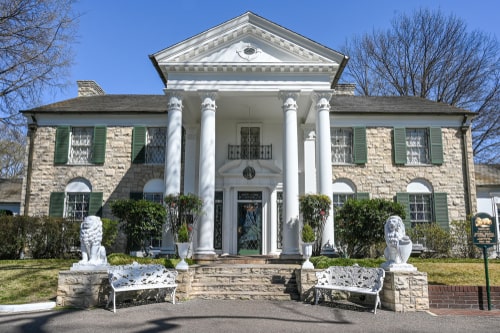
11. Elvis Presley’s (the “King of Rock and Roll”) house, Graceland, Tennessee, is the second most visited house museum in the U.S. after the White House. The house museum sees over 600,000 visitors a year.

12. The 33-story AT&T building, known worldwide as the “Batman Building,” is the tallest skyscraper in Tennessee.
13. Shady Valley, Tennessee, is home to the shortest tunnel in the world at only 20 feet. Highway 133 passes through the Black Rock Tunnel.
14. The Peace Monument in Nashville, Tennessee, honors Union and Confederate soldiers. The bronze and granite monument honors those who sacrificed their lives during the Battle of Nashville.
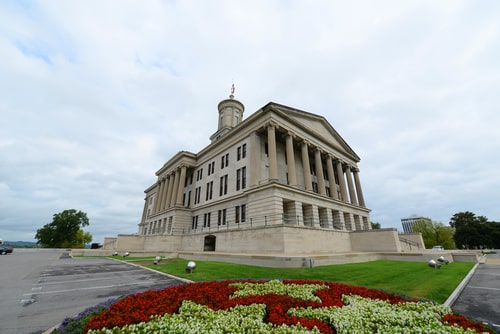
15. Did you know that the architect of the Tennessee State Capitol, William Strickland, is buried within the walls of the Tennessee State Capitol? This was done to his body based on his will.
16. It is interesting to note here that the grave of the 11th president of the United States (James K. Polk) is not in some national monument or a cemetery, but it lies on the grounds of the state’s capitol. The president and his wife were buried at Polk Palace, but their remains were subsequently transferred to the grounds of the Tennessee State Capitol in 1893.
17. Did you know that a whopping 38 battles during the Civil War were fought on the soil of Tennessee? Only more battles have been fought in Virginia than in Tennessee.
18. Tennessee is also known as the Volunteer State because of its contribution of Volunteers during the War of 1812.
19. By about 1860, one in four people in Tennessee were slaves. Slavery at the time was a very harsh system in society, and the slaves had few legal rights.
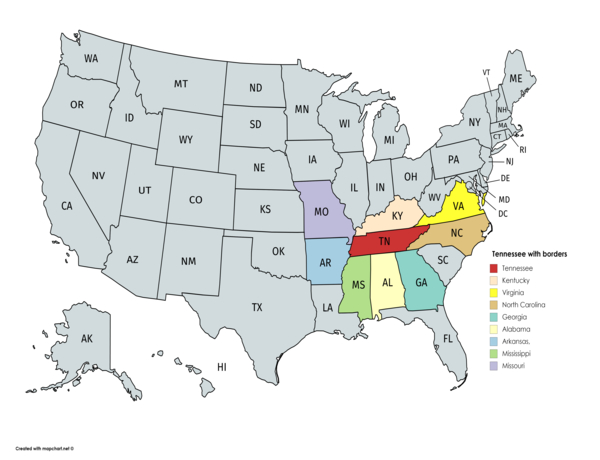
20. Josephine Myrtle Corbin, a four-legged woman born in Tennessee in 1868, had two pelvises side by side. She married, had kids, and died, unfortunately, because of a leg infection.
21. A new state record for the biggest Blue catfish weighing 122 pounds was confirmed. Micka Burkhart caught it in Steward Count on 28 June 2023.
22. The first patent issued for the popular mini-golf was to a Tennessee resident. Even though it comes from Scotland, the fun version was invented in Chattanooga, Tennessee.
23. Wilma Rudolph, an African-American sprinter from Tennessee, won three gold medals in the 1960 Olympic Games in Track and Field. She suffered from several childhood illnesses, including pneumonia, scarlet fever, and polio (infantile paralysis) at the age of five. However, with her strong determination and the support of the doctors and her family, she could walk unassisted again, compete, and win medals in the Olympics.
24. Columbia, Tennessee, is fondly known as the mule capital of the United States. Hundreds of mules are brought here for the annual Mule Day Parade in early April.
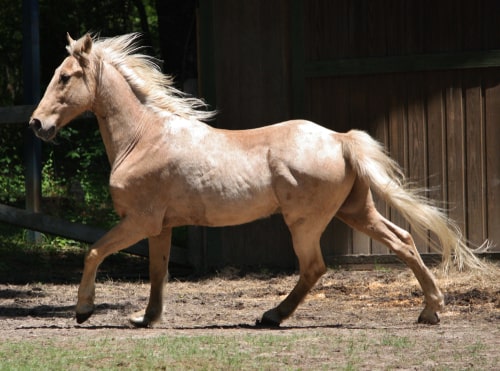
25. The Tennessee walking horse is a breed of gaited horse known for its unique four-beat running-walk and flashy movement. The horse breed is popular for trail, pleasure riding, and shows.
26. Did you know Tennessee has the most state songs, with 9 official state songs and an official bicentennial rap?
27. One of the most beloved country singers of all time, Dolly Parton, comes from Locust Ridge, Tennessee. She was born in 1946 and is one of 12 children.

28. While she was still a student at Tennessee State University, Oprah Winfrey got her start as the first female African-American news anchor at Nashville’s WLAC-TV.
29. The Grand Ole Opry is the longest radio show in U.S. history.
30. After rock and roll music took over, an attempt was made in Nashville to make country music popular again. The subgenre of country music, Nashville Sound, was born in the 1950s.
31. Nashville hosts Tin Pan South, the largest songwriter’s festival in the world.
32. Singer and actor Destiny Hope Cyrus, or as we know her, Miley Cyrus, comes from Tennessee. The Hannah Montana star was born and raised in Franklin.
33. Nicknamed “Music City”, Nashville, Tennessee, became popular for country music in the 1920s. Since then, the city has been known as the country music capital of the world.
34. A major thoroughfare in Sevierville, Tennessee, is named after the country singer Dolly Parton. That is because this is her hometown.
35. A well-known and beloved singer, Tina Turner is also a native of the Tennessee state. She was born Anna Mae Bullock in Brownsville.
36. Images posted on Facebook that may cause emotional distress are illegal in Tennessee. The law that makes it criminal was passed in 2011.
37. A law that forbids the use of alcohol was passed in Tennessee in 1838. It made Tennessee the first state in the US to pass a temperance law.
38. Liquor production was completely banned in Tennessee in 1904. The ban was valid until 1937, even though the rest of the country lifted it in 1933.
39. The law that prohibited teaching evolution was passed in Tennessee in 1924 on March 21. The act set off an alarm all over the country.
40. The Governor of Tennessee did away with the law that prohibited the teaching of evolution on May 8, 1967. The law was in place for more than 40 years.
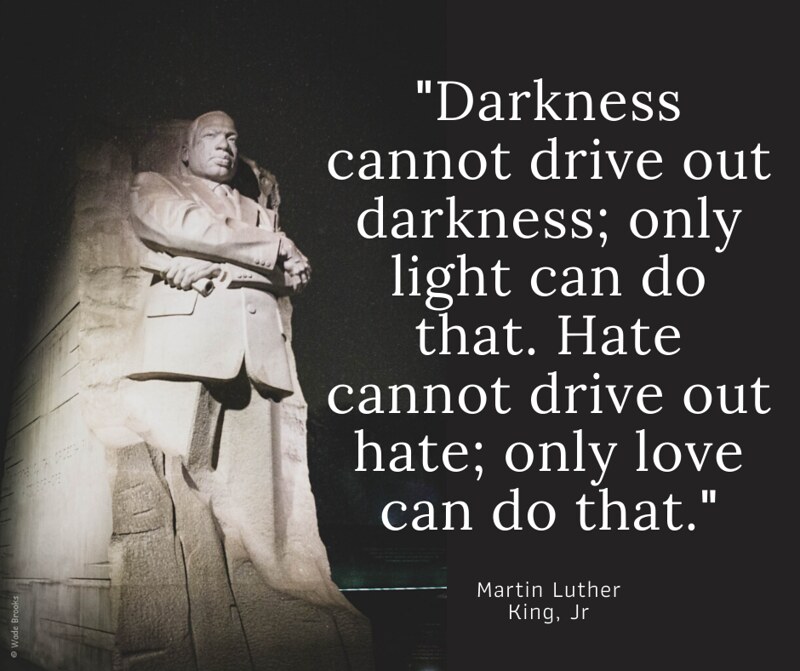
41. Did you know that the revolutionary Martin Luther King Junior was assassinated in Memphis, Tennessee? On April 4, he was fatally shot at the Lorraine Motel in Memphis. The leader played a prominent role in the Civil Rights Movement and won a Nobel Peace Prize. King was assassinated by James Earl Ray.
42. James Earl Ray pleaded guilty to the assassination of Martin Luther King on March 10, 1961. He pleaded guilty to the act in Memphis, Tennessee, where he was sentenced.
43. There is a law in Tennessee that prohibits a person from roller skating and listening to the radio simultaneously. All types of skates are part of this law.
44. Lassoing to catch a fish in Tennessee is against the law. Whoever considered or signed this law must have had something against the Cowboys.
45. If more than eight women live together in a house, it’s considered a house of ill repute. Whether this is the case or not, doing so is illegal in Tennessee.
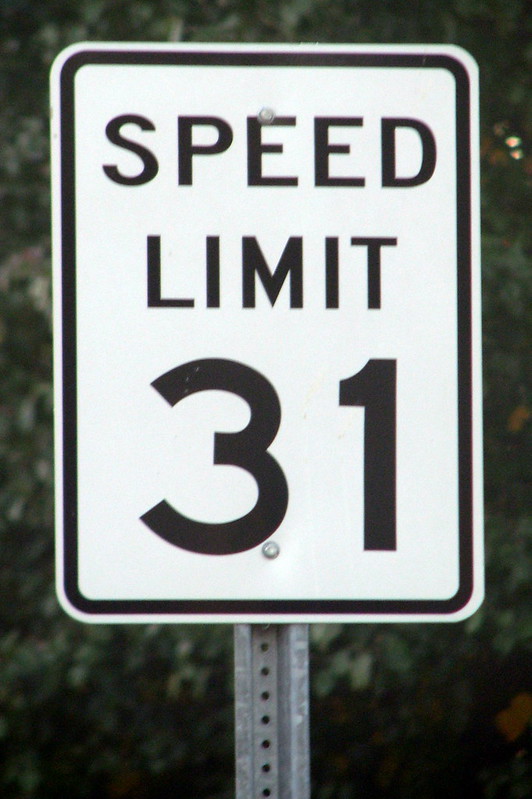
46. If you are looking for the state with the most unusual speed limits, it is Tennessee. Trenton has a speed limit of 31 mph on major roads.
47. It is illegal in Tennessee to sell a hollow log. All logs sold in this state should be solid, so you may get a fine.
48. In Tennessee, you are not allowed to shoot any type of game from a moving vehicle. Doing so is a criminal act, except if it is a whale.

49. Did you know that the two attorneys from Chattanooga, Tennessee, built a business around bottling Coca-Cola and obtained the right for the same for $1? This was the first attempt to bottle the beverage which was until then sold through fountains for 5 cents a glass in 1886.
50. The Hartman brothers of Tennessee developed the original recipe for the soft drink known as Mountain Dew. It was the preferred mix for whisky and other liquors.
51. The Assembly plant for Nissan in Smyrna is considered one of the largest in the US. Here, they produce more than 64,000 cars in a year.
52. The first self-service grocery store was established in Memphis in 1916. The store, known as Piggly Wiggly, was owned by Clarence Sanders.
53. Ernest Holmes, of Chattanooga, invented the tow truck in 1916. This place also has the world’s largest tow truck factory. The town has the International Towing and Recovery Hall of Fame Museum to preserve its history and honor its champions.
54. Fort Lick was built by Charles Charleville in Tennessee in 1714. He used this as a trading post for many years, where he bought furs from local tribes.

55. Did you know that cotton candy has its origins in Nashville? The machine that melts the sugar and spins sugar threads was invented by a candy maker and a dentist.
56. The oldest Black-owned architectural company in the country is McKissack & McKissack, in Nashville. The firm was established in 1905 by Moses McKissack.
57. The world’s largest collection of salt and pepper shakers is right here in Tennessee. Gatlinburg is home to many other interesting things.
58. A local bakery in Chattanooga began a trend known as the Moon Pie. Soon, The chocolate-covered snack became a huge attraction and favorite with locals.
59. Oak Ridge is recognized as the energy capital of Tennessee because of the ongoing energy research. It is also where the atomic bomb was developed so many years ago.
60. Did you know that the farmland covers about 44% of Tennessee? Soybeans are the state’s number one agricultural commodity and are planted on more acres than any other row crop in the state.
61. Tennessee is one of the top beef-producing states in the U.S., as beef cattle are produced in every county of the state.
. . . continue reading on the next page
